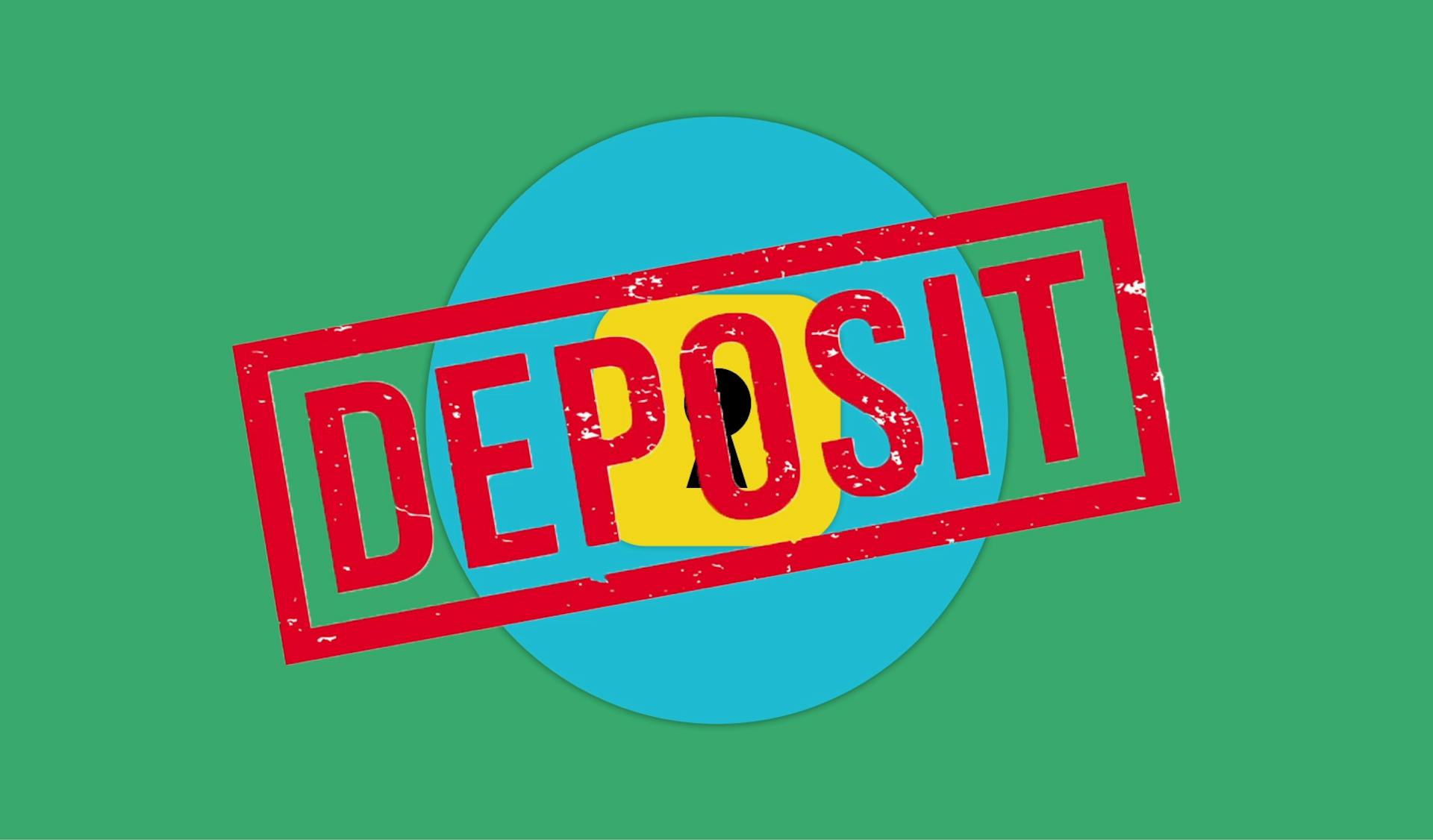
Car loans are typically amortized over a set period, usually 3 to 7 years, depending on the lender and your creditworthiness.
This means that a portion of each monthly payment goes towards paying off the principal balance of the loan, while the rest covers interest charges.
For example, if you borrow $20,000 at 5% interest for 5 years, your monthly payment will be around $380.
Understanding Amortization
Amortization is a key concept in car loans that can be tricky to understand. It refers to the way your monthly payments are allocated between interest and principal.
The majority of car loans use a simple interest calculation, where the amount of interest you owe is calculated based on your remaining loan balance each month. This means that in the early years of your loan, a larger portion of your payment goes toward interest, while in the later years, more of your payment goes toward principal.
Your first payments on a loan tend to be far more interest than you'll pay toward the end, which can be a surprise to many car buyers. In fact, using a car loan amortization calculator, you can see how the car loan requires almost half the payment to be interest at the beginning, versus basically all principle by the end.
Here's a breakdown of how amortization works:
- Principal is the total amount you borrow to cover the cost of the car.
- Interest is the amount you pay a lender to borrow money.
- Fees may also be included in your loan, such as lender fees.
- The total payment amount you owe the lender doesn't change from month to month, but the portions of your payment going to principal and interest do.
As your loan balance decreases, you owe less interest, and a larger portion of your payment goes to pay down principal. To illustrate this, let's consider an example: if you get a $30,000 car loan with a 60-month term and 7% APR, your monthly payment would be $594.04. With your first payment, $175 would go to interest and $419.04 to principal.
An amortization schedule can help you visualize how your payments are allocated between interest and principal over the life of your loan. It's a table or chart that shows the monthly payment amount, how much of each month's payment goes to principal, how much goes to interest, the total remaining principal balance after the payment is applied, and the total number of payments you will be making.
Here's a sample amortization schedule:
As you can see, the ratio of interest to principal changes over time, with a larger proportion going toward the principal each month. This continues until your loan is paid off in full.
Factors Affecting Your Loan
A loan's APR can have a big impact on your loan's amortization schedule and the total amount of interest you pay.
The number of payments can also affect your loan's amortization schedule, so be sure to check the loan term with each lender to ensure it matches your expectations.
A loan's amortization schedule can give you a full view of what you're paying over the course of a loan, and can help you see how certain actions could result in paying less.
For another approach, see: Amortization Tables for Car Loans
Factors Affecting Your Schedule
A car loan amortization schedule can be affected by several factors, including the loan term. A longer loan term can result in paying more interest over the life of the loan. For example, a $20,000 loan with a 4% interest rate over a 48-month term results in $1,676 of total interest, while the same loan over a 60-month term means you'll pay $2,100 in interest.
The interest rate is another key factor that can impact your loan's amortization schedule. High interest rates correspond to more interest paid over the life of a loan, while a lower rate means you'll pay less in interest. In the example of a $20,000 car loan at a 4% interest rate and a 48-month term, you would pay $1,676 of total interest over the loan term.
See what others are reading: Negative Amortization Mortgage Loans
Increasing the length of your loan term will increase the amount of interest you pay on your auto loan. If you were to extend the loan term on your $27,000 loan from five to seven years, the total interest paid on the loan would rise from $7,420.21 to $10,651.49.
A lower monthly payment may seem appealing, but it can come at a cost. A longer loan term can result in paying more interest over the life of the loan. For example, a $20,000 loan with a 4% interest rate over a 48-month term results in $1,676 of total interest, while the same loan over a 72-month term means you'll pay $2,529 in interest.
Here's a comparison of the interest paid on a $20,000 loan with a 4% interest rate over different loan terms:
Down Payment
Putting a larger down payment on a car upfront can significantly reduce the principal amount of your loan to be amortized. This can lead to lower interest payments over the life of the loan.
Increasing your down payment can shrink the amount of interest you pay, as seen in the example where the interest paid over the life of the loan dropped from $7,420.21 to $6,595.74 when the down payment was increased from $3,000 to $6,000.
The amount you put down on a car can have a direct impact on your total cost of interest, with an amortization schedule showing how different down payment amounts can affect your loan.
Readers also liked: Refinance Auto Loan Bad Credit Upside down
Paying Off Your Loan
Paying off your loan can be a smart move, and it's great that you're thinking about it. Making extra payments beyond your monthly payment can be an effective way to pay off a loan early.
You can pay off a loan with precomputed interest, but be aware that lenders may apply extra payments to the remaining interest first. This might not be the most efficient way to pay off your loan, but it's still better than nothing.
If you're planning to make extra payments, check your loan agreement to see if you'll be charged a prepayment penalty. Some lenders may charge you for paying off your loan early, so it's essential to review your contract carefully.
To calculate how much interest you've paid in a single month, you can use a simple math formula: multiply your loan's interest rate by your outstanding loan balance, then divide by 12. This will give you an idea of how much of your monthly payment is going towards interest.
Here's an example of how to use this formula:
As you can see, the proportion of your payment that pays down the interest decreases as your outstanding balance decreases. This formula can come in handy if you don't have access to an amortization table or spreadsheet.
By paying off your loan early, you can save money on interest and get out of debt faster. It's worth considering making extra payments, but be sure to check your loan agreement first to avoid any potential penalties.
Sources
- https://www.nerdwallet.com/article/loans/auto-loans/what-is-auto-loan-amortization
- https://www.creditkarma.com/auto/i/car-loan-amortization
- https://www.rategenius.com/car-loan-amortization
- https://www.bankbazaar.com/car-loan-amortization-table.html
- https://www.apprisen.com/understanding-car-loan-amortization/
Featured Images: pexels.com


